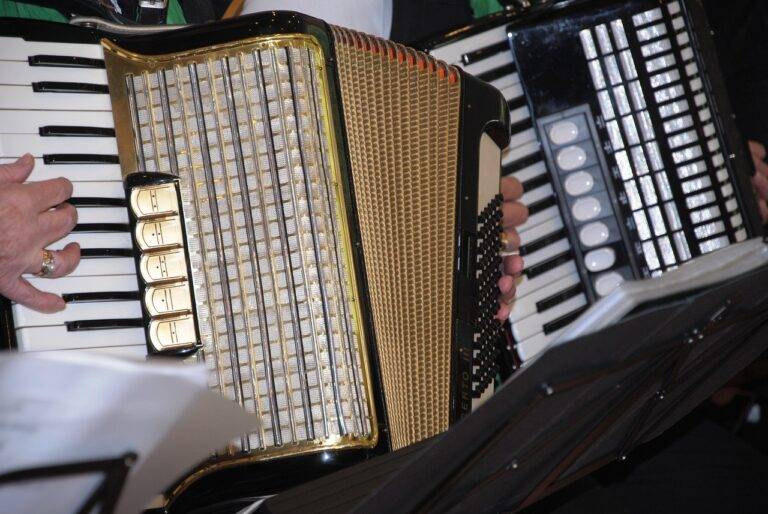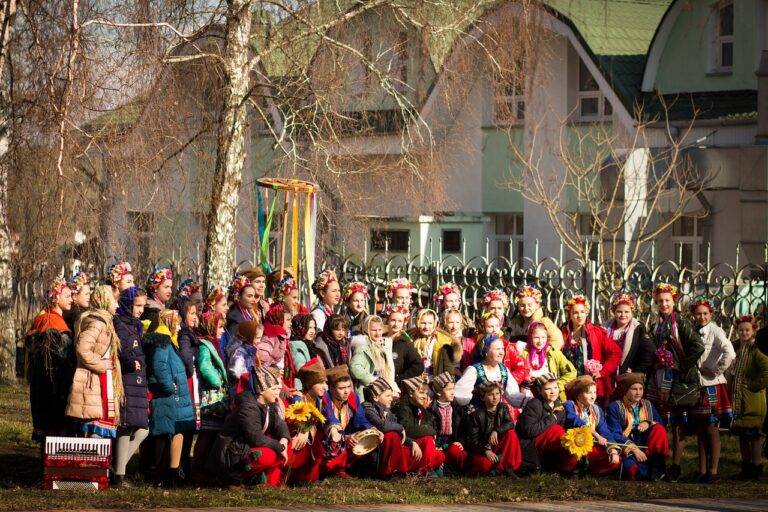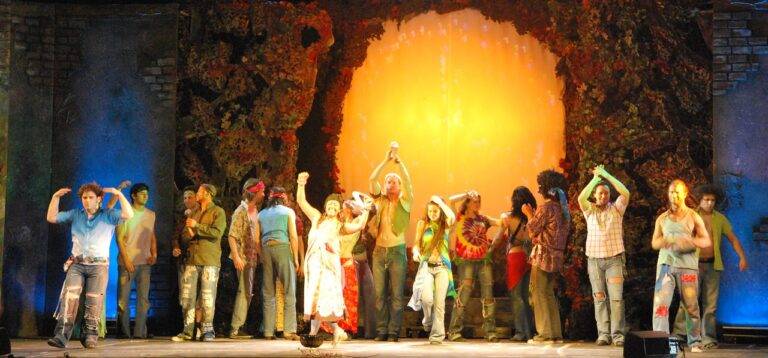The Influence of Classic Rock on Modern Music Genres
Classic rock emerged in the 1960s, blending elements of rock and roll, blues, and folk music. Bands like The Beatles, The Rolling Stones, and Led Zeppelin laid the foundation for the genre, incorporating electrifying guitar riffs and powerful vocal performances. The cultural revolution of the 1960s and 70s provided an ideal backdrop for classic rock to flourish, with its rebellious spirit and unapologetic attitude resonating with a generation seeking to break free from social norms.
As classic rock continued to evolve, it embraced a wide range of influences, from psychedelic rock to hard rock. Artists like Jimi Hendrix, Pink Floyd, and The Who pushed the boundaries of what rock music could be, experimenting with innovative sounds and lyrical themes. The heyday of classic rock in the 1970s cemented its status as a dominant force in the music industry, shaping the sound of rock music for decades to come.
Evolution of Modern Music Genres
Today, the music landscape is a diverse tapestry of genres that have evolved and intersected over time. From the raw energy of punk rock to the smooth vibes of R&B, modern music offers something for everyone’s taste. The rise of technology and digital platforms has also played a significant role in the proliferation of new genres, allowing artists to experiment and blend different styles like never before.
Electronic dance music, or EDM, has become a global phenomenon, with pulsating beats and infectious melodies dominating the airwaves and festival circuits. Genres like trap and future bass have emerged from the EDM scene, bringing a fresh and innovative sound to the forefront of popular music. As the boundaries between genres continue to blur, artists are pushing the envelope and creating new sonic experiences for audiences around the world.
Key Elements of Classic Rock
Classic rock is characterized by its powerful guitar riffs, catchy melodies, and memorable lyrics. The genre often features a fusion of rock, blues, and folk influences, creating a sound that resonates with listeners across generations. The energetic rhythms and distinctive vocals that are synonymous with classic rock bands set them apart in the music industry.
Another key element of classic rock is the emphasis on live performance and raw instrumentation. Bands often showcase their musical prowess through electrifying solos and captivating stage presence, drawing in audiences with their dynamic energy. This authentic and soulful approach to music sets classic rock apart as a genre that celebrates the essence of rock ‘n’ roll at its core.
• Classic rock is characterized by powerful guitar riffs, catchy melodies, and memorable lyrics
• The genre features a fusion of rock, blues, and folk influences
• Energetic rhythms and distinctive vocals set classic rock bands apart in the music industry
• Emphasis on live performance and raw instrumentation is another key element of classic rock
• Bands showcase their musical prowess through electrifying solos and captivating stage presence
• Authentic and soulful approach to music celebrates the essence of rock ‘n’ roll at its core
What time period does classic rock encompass?
Classic rock generally refers to rock music from the late 1960s to the late 1980s.
How did classic rock influence the evolution of modern music genres?
Classic rock served as a foundation for many modern music genres, influencing artists across various eras and styles.
What are some key elements of classic rock?
Some key elements of classic rock include powerful guitar riffs, memorable melodies, strong vocal performances, and lyrics that often touch on themes of rebellion, love, and self-expression.
Can modern bands still be considered classic rock?
While classic rock typically refers to music from a specific time period, modern bands can still embody the spirit and sound of classic rock, earning them a spot in the genre’s legacy.





